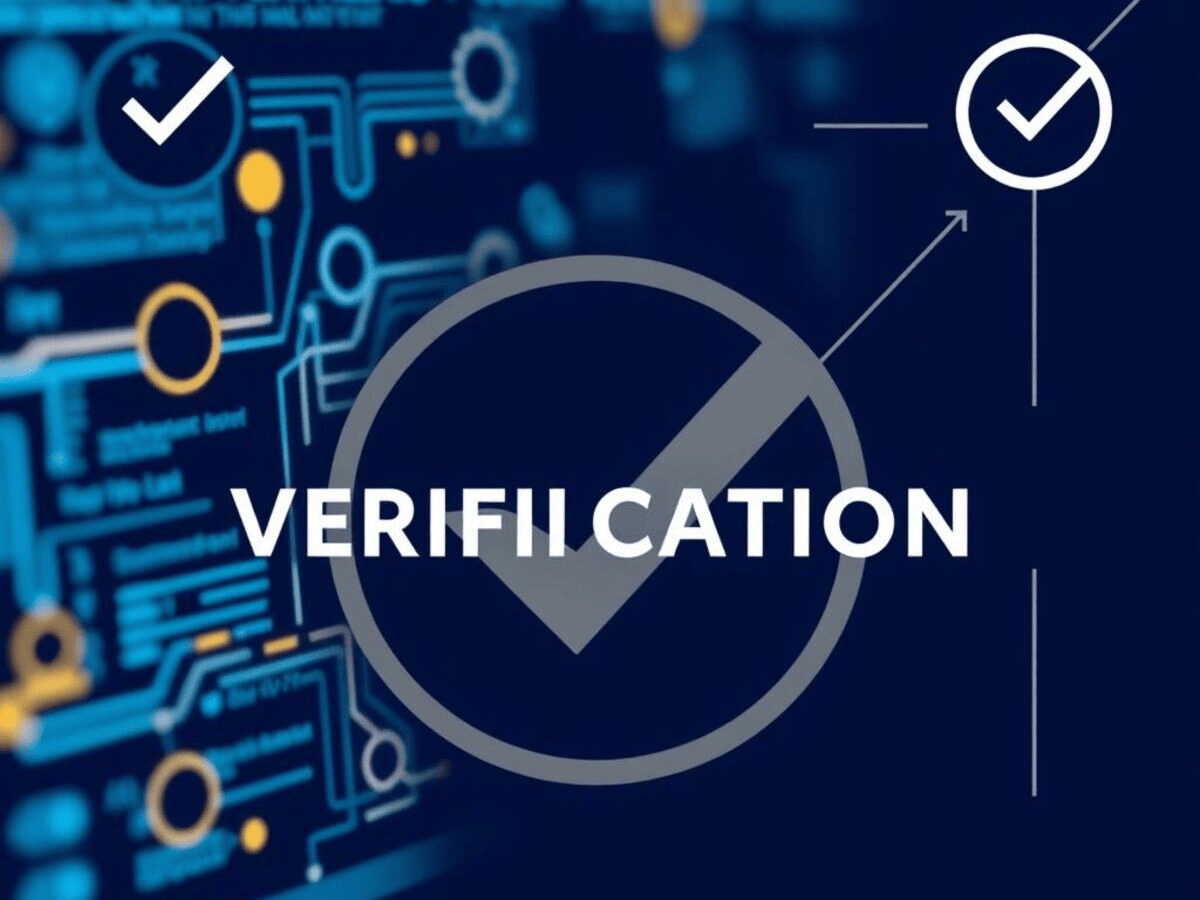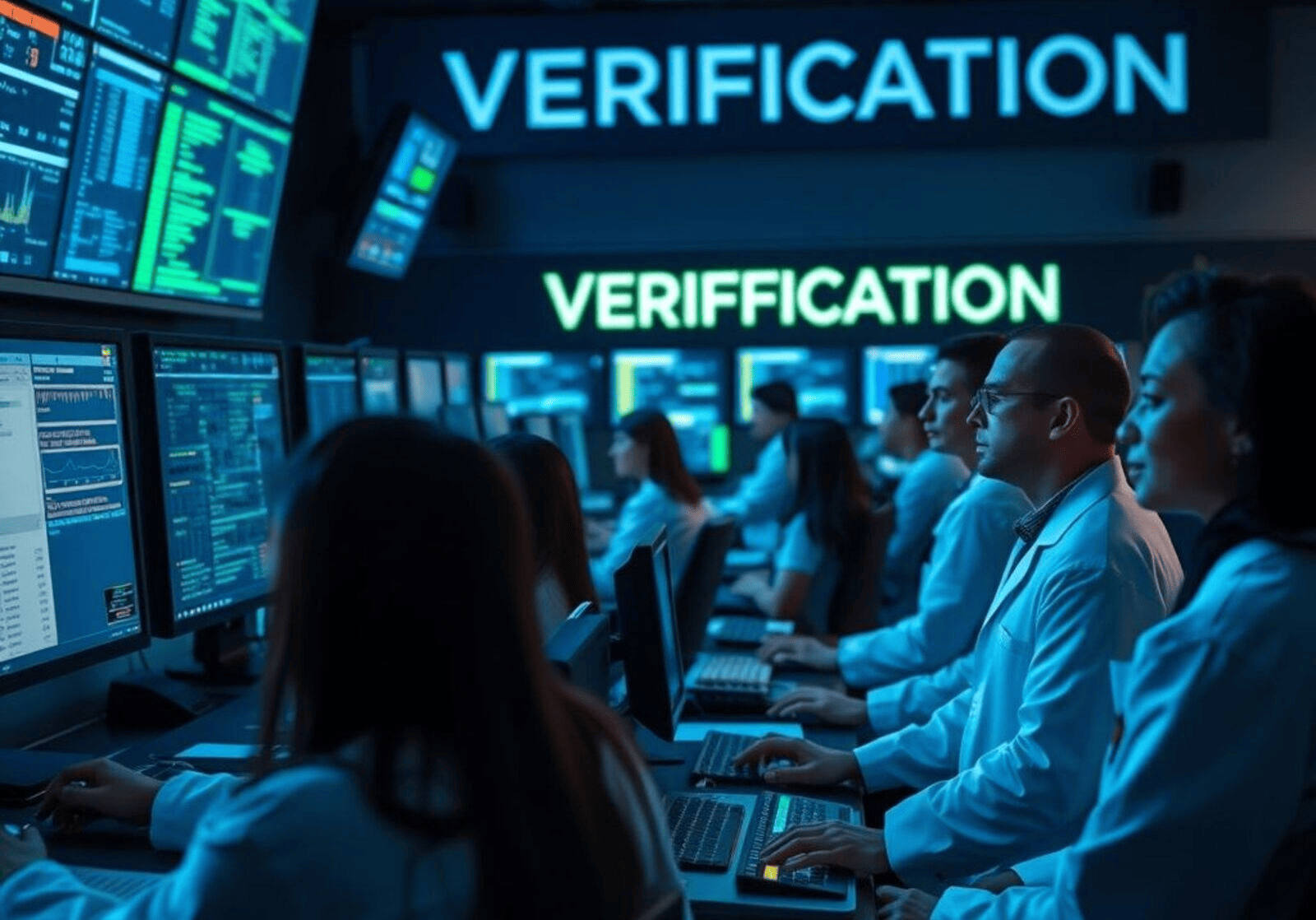
What is Verification? Why is it Needed and in What Areas is it Applied?
Verification is a foundational process used to establish the authenticity, accuracy, and integrity of information or identities. In an increasingly digital world, this process is paramount to maintaining security, trust, and efficiency in various domains.
Definition of Verification
Verification refers to the methodical process of checking, reviewing, and confirming the validity or truthfulness of something. This could pertain to identities, documents, processes, data, or transactions. The primary objective is to ensure that the stated information or items are authentic and can be trusted.
Significance of the Verification Process
The importance of verification lies in its ability to secure sensitive operations and build confidence among parties involved. Some key reasons why verification is crucial include
- Security Assurance: Verification is vital for safeguarding systems against unauthorized access. By verifying identities, organizations can protect sensitive data and prevent fraudulent activities.
- Trust Building: Verification fosters trust among users and businesses by ensuring that interactions are legitimate. For example, a verified account on a social media platform assures other users of its authenticity.
- Error Minimization: Through adequate verification processes, errors and discrepancies can be significantly reduced, particularly in transactions and data entries.
Major Areas of Application
- Banking and Finance: In the banking sector, verification is indispensable. Whether opening a bank account or conducting a financial transaction, verifying identities and account details is crucial to prevent fraud and ensure security.
- Healthcare: Verification processes in healthcare confirm practitioner credentials and validate patient insurance and medical records. This ensures compliance with regulations and protects both patient and practitioner interests.
- Online Platforms: E-commerce, social media, and other online platforms leverage verification to authenticate user identities, secure transactions, and maintain platform integrity.
- Real Estate: When buying or selling property, verification is used to confirm the legitimacy of the parties involved and ensure the accuracy of property titles, mitigating potential legal issues.
Real-life Examples of Verification
- Two-Factor Authentication (2FA): Frequently used in digital security, 2FA adds an extra layer of verification by requiring two separate forms of identification – such as a password and a mobile code – before granting access to an account.
- Document Verification: Organizations often require ID documents such as passports or driver’s licenses to verify an individual’s identity. This is common in settings like airports and job applications, where identity verification is crucial.
Conclusion

As our world becomes more interconnected, establishing robust verification mechanisms is becoming increasingly essential. It is a vital process that supports secure, trustworthy, and error-free interactions across various sectors.
Illustration for the Article